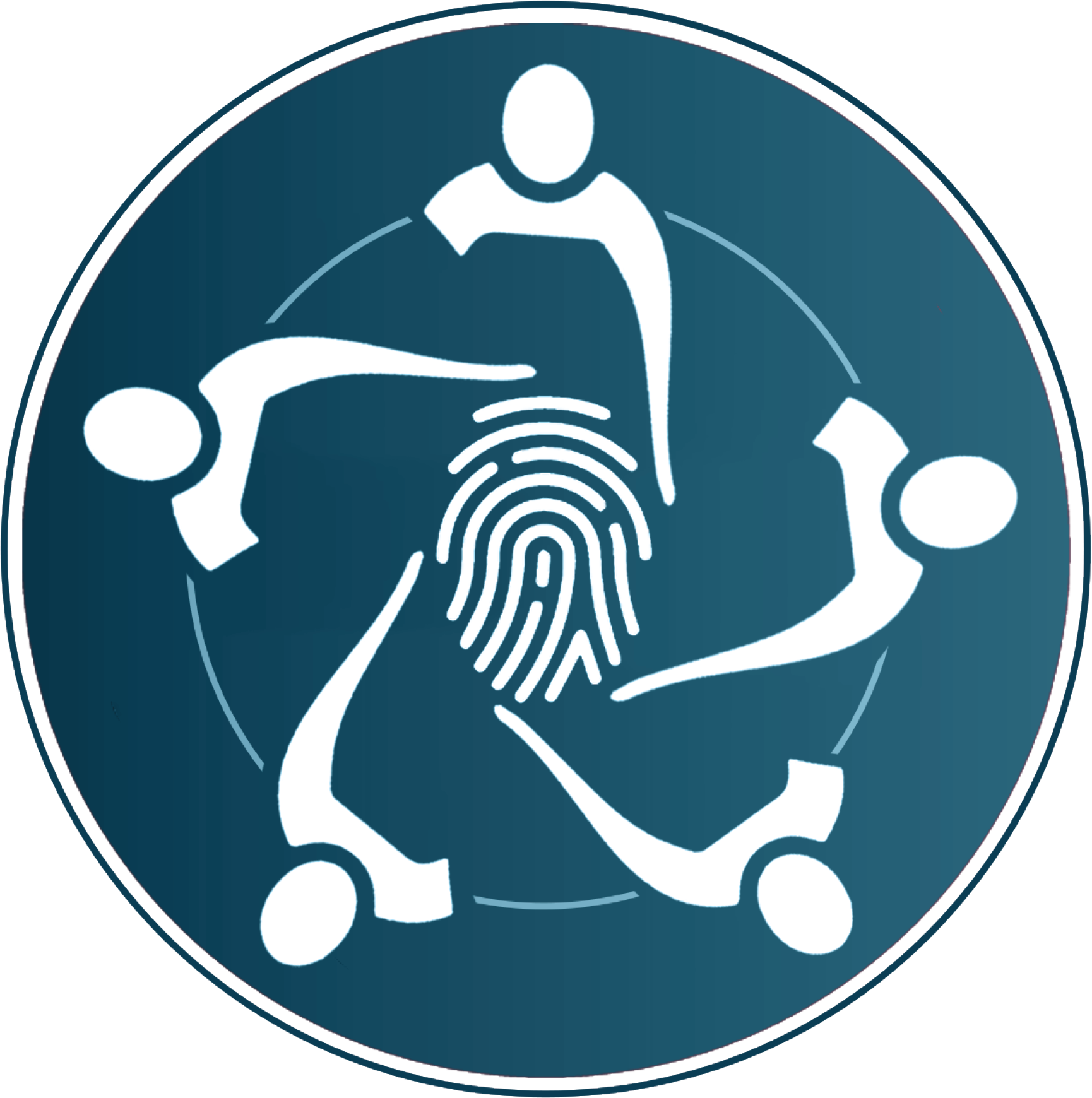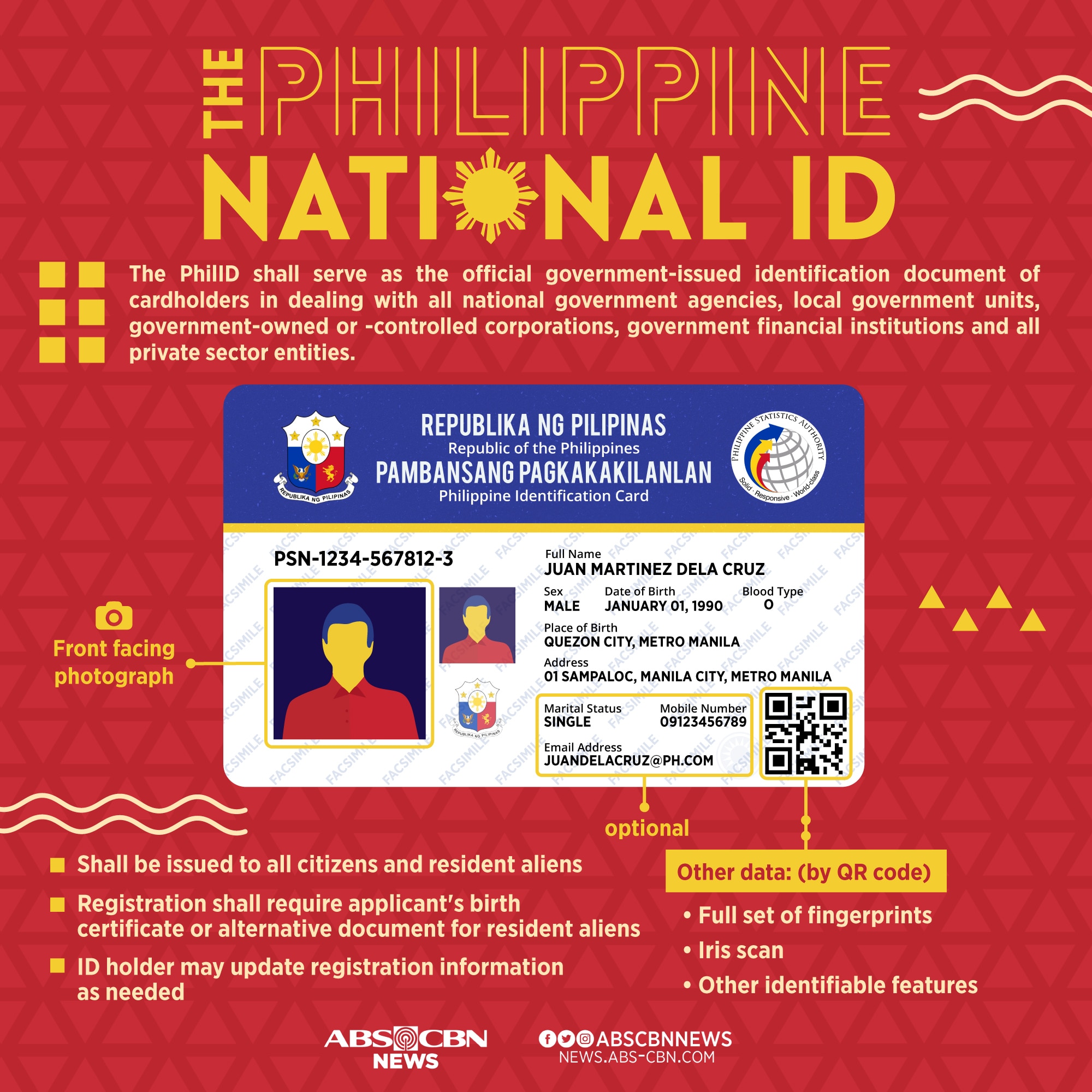National ID: Your Ultimate Guide To Understanding The System
Let’s face it—national ID is more than just a piece of plastic or a digital code. It’s your identity, your key to accessing essential services, and your ticket to proving who you are in today’s world. Whether you’re applying for a job, opening a bank account, or even traveling across borders, having a national ID is no longer optional—it’s a necessity. But what exactly is it? Why does it matter so much? And how does it work? We’re about to break it all down for you, so buckle up!
When we talk about national ID, we’re not just throwing around buzzwords here. This system has become the backbone of modern governance, ensuring that every citizen and resident has a unique identifier. Think of it as your personal barcode, but instead of being scanned at the grocery store, it’s used to verify your identity in countless situations. From tax filings to healthcare records, national ID plays a crucial role in streamlining processes and enhancing security.
But before we dive deep into the nitty-gritty details, let’s take a moment to appreciate how far we’ve come. Gone are the days when a simple signature or a handwritten document was enough to prove who you were. Today’s national ID systems are built on cutting-edge technology, blending biometrics, encryption, and data analytics to create a secure and reliable framework. So, are you ready to learn more? Let’s get started!
What Exactly is a National ID?
Alright, let’s clear the air. A national ID is essentially a government-issued document or digital credential that uniquely identifies an individual within a country. It’s like a digital fingerprint that says, “Hey, this is me, and here’s proof.” But it’s not just about having a card or a number—it’s about what that ID enables you to do. Whether it’s voting, accessing healthcare, or even opening a bank account, your national ID opens doors that would otherwise remain closed.
Now, here’s the kicker: national IDs aren’t one-size-fits-all. Different countries have different systems, formats, and features. Some use physical cards with holograms and QR codes, while others have gone fully digital, integrating biometric data like fingerprints or facial recognition. The key is to make sure the system is both secure and user-friendly, striking a balance between convenience and protection.
The Evolution of National ID Systems
Believe it or not, national ID systems have been around for decades, but they’ve come a long way since their humble beginnings. Back in the day, these IDs were often simple cards with basic information like your name, address, and a photo. Fast forward to today, and we’re talking about sophisticated systems that leverage technology to ensure accuracy and security. Here’s a quick rundown of how national IDs have evolved:
- 1900s: Paper-based IDs with minimal security features
- 1980s: Introduction of holograms and magnetic strips
- 2000s: Integration of microchips and biometric data
- 2020s: Fully digital IDs with blockchain technology
It’s amazing to see how far we’ve come, right? But with great power comes great responsibility. As national IDs become more advanced, the need for robust security measures becomes even more critical. After all, you don’t want your identity falling into the wrong hands, do you?
Why National ID Matters
Here’s the thing—national ID isn’t just about proving who you are. It’s about enabling access to essential services, protecting your rights, and ensuring that no one is left behind. Think about it: without a national ID, you might struggle to get a passport, enroll in school, or even receive government benefits. It’s like trying to navigate life without a map—it’s possible, but it’s a whole lot harder.
But the benefits don’t stop there. National ID systems also help governments combat fraud, reduce corruption, and improve efficiency. By having a centralized database of citizens and residents, authorities can better manage resources, track population trends, and implement policies that benefit everyone. And let’s not forget the economic impact—businesses rely on national IDs to verify customers, process transactions, and comply with regulations.
Key Benefits of Having a National ID
So, what exactly do you gain by having a national ID? Here are some of the top benefits:
- Access to government services and benefits
- Improved security and protection against identity theft
- Easier verification for financial transactions
- Streamlined processes for traveling and immigration
- Enhanced accuracy in healthcare and education records
And let’s be real—having a national ID just makes life easier. No more scrambling to find multiple documents to prove your identity. With one simple card or code, you’ve got everything you need at your fingertips. Pretty cool, right?
How National ID Systems Work
Okay, so we know what a national ID is and why it matters, but how does it actually work? At its core, a national ID system is designed to assign a unique identifier to each individual, which is then linked to a centralized database. This database stores all sorts of information, from basic demographics to biometric data, ensuring that your ID is both accurate and secure.
But here’s where things get interesting. Different countries use different methods to issue and manage national IDs. Some rely on physical cards, while others have gone fully digital. And when it comes to verification, there are various approaches, ranging from simple scans to complex biometric checks. The key is to ensure that the system is easy to use, yet difficult to tamper with.
Types of National ID Systems
Not all national ID systems are created equal. Here’s a quick look at some of the most common types:
- Physical IDs: Traditional cards with holograms, QR codes, and other security features
- Digital IDs: Online platforms or mobile apps that store your identity information
- Biometric IDs: Systems that incorporate fingerprints, facial recognition, or iris scans
- Blockchain IDs: Decentralized systems that use blockchain technology for added security
Each type has its own pros and cons, so it’s important to choose the one that best fits your needs. For example, if you’re always on the go, a digital ID might be more convenient. But if you prefer something tangible, a physical card might be the way to go. It all depends on what works best for you.
Security Concerns and Privacy Issues
Now, let’s talk about the elephant in the room—security and privacy. While national ID systems offer countless benefits, they also come with their fair share of risks. After all, if someone gets their hands on your ID, they could potentially access sensitive information or even impersonate you. That’s why it’s crucial to have robust security measures in place.
But here’s the thing—security isn’t just about technology. It’s also about trust. People need to feel confident that their data is being handled responsibly and that their privacy is being protected. That’s why governments and organizations must be transparent about how national ID systems are managed and how data is stored.
Steps to Protect Your National ID
So, what can you do to keep your national ID safe? Here are a few tips:
- Keep your physical ID in a secure place and avoid lending it to others
- Use strong passwords and two-factor authentication for digital IDs
- Regularly monitor your accounts for suspicious activity
- Be cautious when sharing your ID information online
Remember, your national ID is like a treasure chest of personal information. Treat it with care, and you’ll reduce the risk of it falling into the wrong hands.
The Role of Technology in National ID Systems
Technology has revolutionized the way national ID systems work, making them faster, more accurate, and more secure than ever before. From biometric scanners to blockchain platforms, the possibilities are endless. But with great power comes great responsibility. As these systems become more advanced, it’s important to ensure that they’re accessible to everyone, regardless of their background or circumstances.
And let’s not forget the role of innovation in shaping the future of national ID. As new technologies emerge, they offer exciting opportunities to enhance the system even further. Imagine a world where your national ID is seamlessly integrated with your digital wallet, healthcare records, and even your social media profiles. It’s not science fiction—it’s the future.
Emerging Technologies in National ID
Here are some of the most promising technologies shaping the future of national ID:
- Artificial Intelligence: AI can help detect fraud and improve accuracy in identity verification
- Blockchain: Decentralized systems offer enhanced security and transparency
- Quantum Computing: Next-generation computing power could revolutionize encryption and data storage
- Internet of Things (IoT): Smart devices could enable seamless integration of national ID systems
It’s an exciting time to be part of the national ID revolution. With so many innovations on the horizon, the possibilities are truly endless.
Challenges and Controversies Surrounding National ID
Of course, no system is perfect, and national ID is no exception. There are plenty of challenges and controversies surrounding its implementation, from concerns about privacy to debates over accessibility. Some argue that national ID systems disproportionately affect marginalized communities, while others worry about the potential for government overreach.
But here’s the thing—these challenges aren’t insurmountable. By addressing them head-on and involving diverse voices in the conversation, we can create a system that works for everyone. It’s all about finding the right balance between security, convenience, and inclusivity.
Addressing the Challenges
Here are some ways to tackle the challenges facing national ID systems:
- Implement robust privacy protections and data encryption
- Ensure accessibility for all, including those in remote or underserved areas
- Engage stakeholders from diverse backgrounds in the decision-making process
- Regularly review and update the system to address emerging issues
By taking a proactive approach, we can build a national ID system that truly serves the needs of all citizens and residents.
Future Trends in National ID
So, where is the future of national ID headed? The answer is simple—anywhere technology takes us. From AI-powered verification to blockchain-based storage, the possibilities are endless. But here’s the kicker—it’s not just about the technology itself. It’s about how we use it to create a more inclusive, secure, and efficient system for everyone.
As we move forward, it’s important to remember that national ID isn’t just a tool—it’s a reflection of our values as a society. By prioritizing transparency, accountability, and inclusivity, we can ensure that the system works for everyone, not just a select few.
Predictions for the Future
Here’s what the future might look like:
- Increased adoption of biometric and blockchain-based IDs
- Seamless integration with other digital platforms and services
- Enhanced privacy protections and data security measures
- Greater focus on accessibility and inclusivity for all users
Excited yet? We sure are!
Conclusion: Take Action and Get Involved
There you have it—the ultimate guide to understanding national ID systems. From their history and evolution to their benefits and challenges, we’ve covered it all. But here’s the most important takeaway—national ID isn’t just a document or a number. It’s a powerful tool that can shape the way we live, work, and interact with the world around us.
So, what’s next? Take action! Whether it’s applying for your own national ID, staying informed about developments in the field, or advocating for policies that promote inclusivity and security, there’s plenty you can do to make a difference. And don’t forget to share this article with your friends and family—knowledge is power, after all.
Got questions or comments? Drop them below, and let’s keep the conversation going. Together, we can create a future where national ID systems work for everyone. Cheers to that!
Table of Contents
- What Exactly is a National ID?
- Why National ID Matters
- How National ID Systems Work
- Security Concerns and Privacy Issues
- The Role of



Detail Author:
- Name : Elnora Ankunding
- Email : melisa.becker@hotmail.com
- Birthdate : 1980-02-26
- Address : 7448 Weber Meadows Rowenashire, CO 79786-7477
- Phone : (920) 330-8012
- Company : Bashirian-Walker
- Job : General Practitioner
- Bio : Est enim numquam repellat quia. Magni sit et incidunt voluptas rerum eligendi. Libero est esse earum dolore officiis qui ipsa.